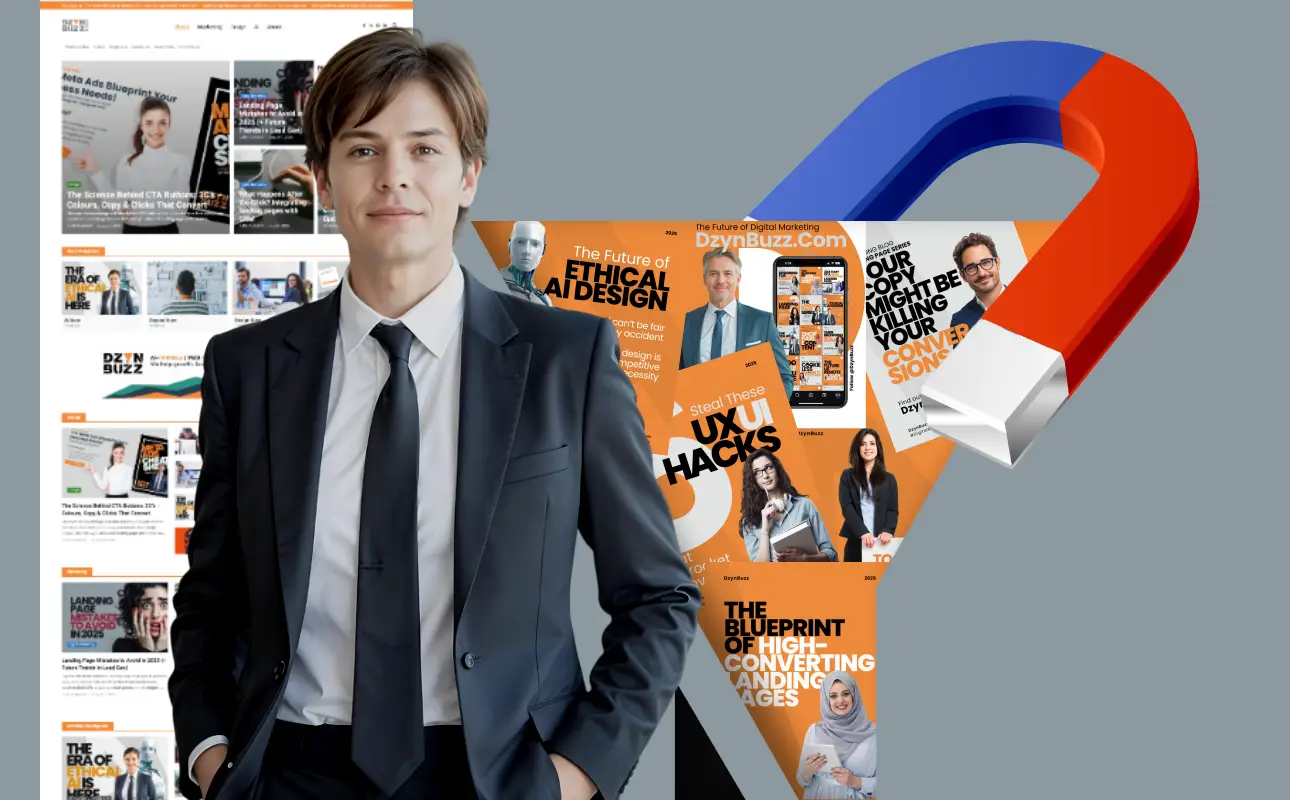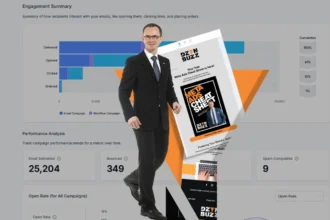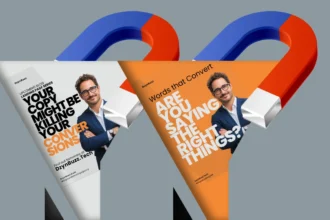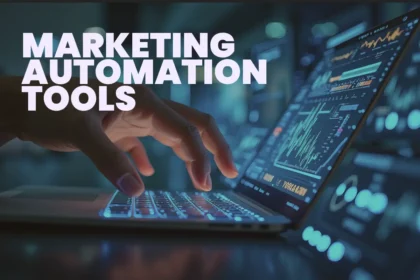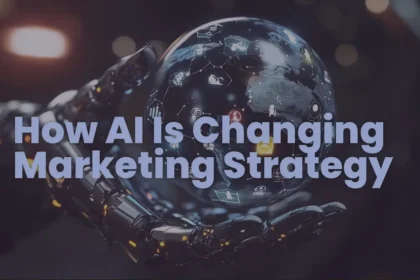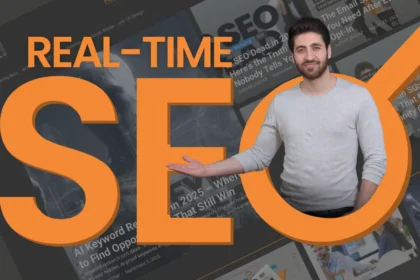Most people hate being sold to. And yet, so many lead generation funnels feel like a digital trap—click here, download this, get bombarded with emails. That’s not how you build trust. In this blog, we’ll show you how to design lead generation funnels that feel natural, valuable, and respectful—so your audience actually wants to keep moving forward.
What Is a Lead Generation Funnel (Really)?
A lead generation funnel is a step-by-step system that moves a stranger/ prospect to a lead, and eventually lead into a customer.
It’s not just a landing page and a form. It’s an intentional journey:
- Capture attention
- Offer value
- Build trust
- Present your offer (when the time is right)
“The goal of a funnel is to guide and not to pressure your audience.”
The Anatomy of a Non-Pushy Funnel
Let’s break it down:
1. Entry Point (TOFU)
This is where you catch attention—through organic content, paid ads, or SEO.
Example Entry Points:
- A blog post like this one
- An Instagram Reel
- A YouTube tutorial
- A quiz or lead magnet ad
Tip: Make this about education or entertainment and not the sale.
2. Lead Magnet Offer
Give them a reason to opt-in. This should be highly relevant to the problem you’re solving.
Examples:
- “Download our Website Checklist”
- “Take the Funnel Strategy Quiz”
- “Grab our Swipe File of High-Converting CTAs”
Tip: Make it feel like a tool, not a trap.
3. Thank-You Page + First Value Drop
The moment after signup is golden. Most brands waste it.
Instead of just saying “thanks,” offer:
- A quick tip video
- A recommended next blog
- A limited-time bonus
Tip: Build momentum immediately after the opt-in.
4. Email Sequence (MOFU)
This is where you nurture. Not sell. You’re building relationship equity.
3–5 email flow:
- Deliver the magnet
- Educate with a personal story
- Share results from others (proof)
- Offer a soft CTA or next step
Tip: Avoid sounding like a newsletter robot. Write like a real person.
5. Conversion Trigger (BOFU)
After value has been delivered, this is your moment to offer something bigger.
Examples:
- Book a discovery call
- Join a waitlist
- Try a free tool
- Get a personalized audit
Tip: If you’ve earned trust, this CTA won’t feel pushy but it’ll feel like a next step.
Visual Map of a Simple Funnel
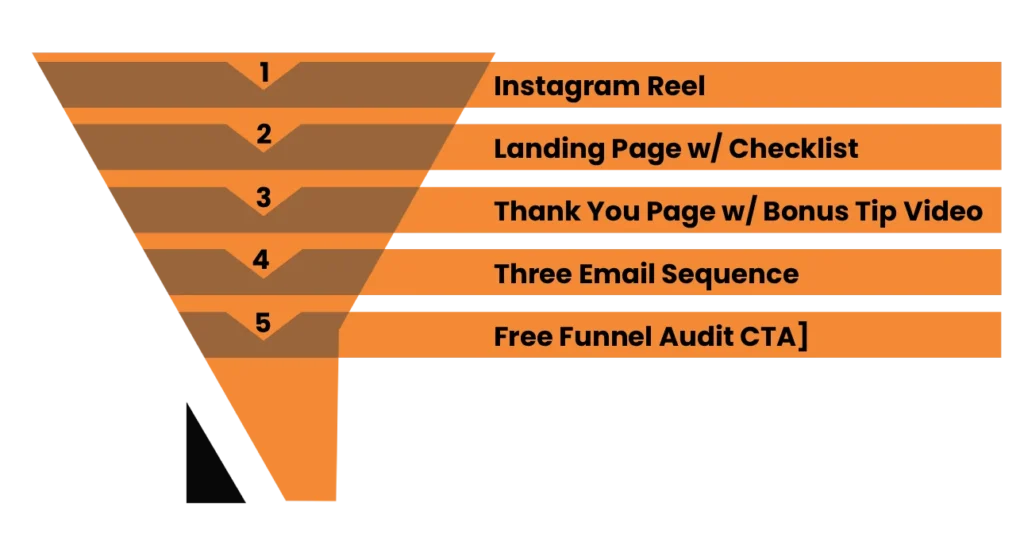
This works because each step:
- Offers value
- Matches user intent
- Feels like progress, not pressure
Mistakes That Make Funnels Feel Pushy
- Aggressive popups with no context
- Asking for too much info upfront
- Email spam with zero personalization
- CTA overload (too many offers at once)
- Using FOMO or countdowns without substance
“If your funnel makes people anxious, it’s not a funnel—it’s a wall.”
Tools to Build These Funnels Easily
- Landing Pages: Unbounce, SwipePages, Leadpages
- Email Automation: ConvertKit, MailerLite, Mailchimp
- Quiz Builders: Outgrow, Typeform
- Analytics: GA4, Hotjar, Meta Pixel
- Scheduling: Calendly, TidyCal
Related Reads: Lead Generation Series
- What Is Lead Generation and Why It Matters More Than Ever in 2025
- 7 Proven Lead Magnet Ideas That Actually Convert in 2025
- How to Create Lead Generation Funnels That Don’t Feel Pushy
- The Best Lead Capture Tools and Popups for 2025
- Lead Generation Through Content: How Blogs, Reels, and Webinars Build Your List
- Measuring Lead Generation Success: Metrics That Matter
- How to A/B Test and Optimize Your Lead Gen Campaigns Like a Pro
Want a done-for-you funnel that doesn’t feel like spam?
Book your free strategy call with DzynBuzz and let’s build a funnel your audience want to go through.

